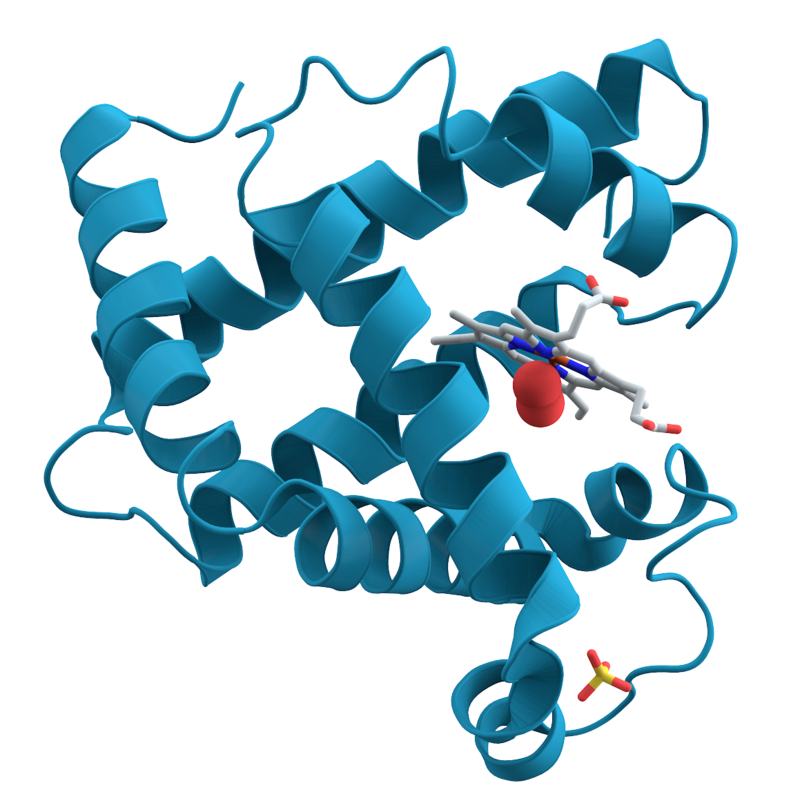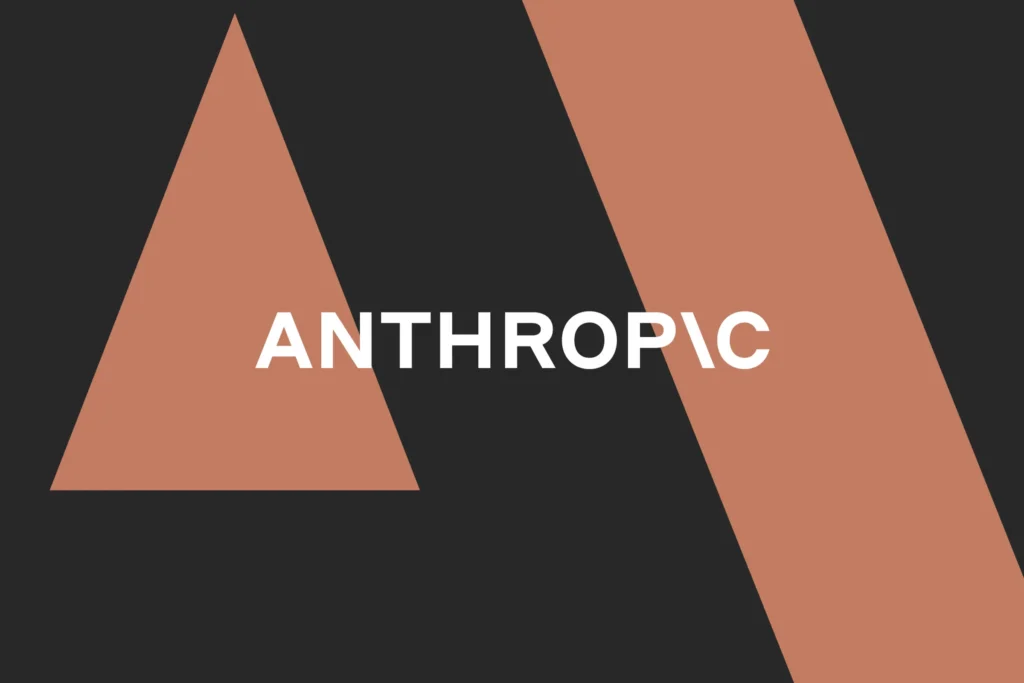Google is taking a remarkable leap toward interspecies communication with the release of DolphinGemma, an AI model designed to decode the complex sounds used by dolphins. Built from the foundations of its Gemma model family, DolphinGemma aims to analyze, interpret, and even replicate the underwater symphony of clicks, whistles, and pulses that make up dolphin chatter.
Diving Into the Data
Dolphins have long been known for their intelligent and highly social behavior, but understanding the meaning behind their sounds has remained elusive. In collaboration with the Wild Dolphin Project (WDP) and researchers at Georgia Tech, Google trained DolphinGemma using decades of carefully labeled dolphin audio collected in the wild.
Key dolphin vocalizations like:
- Signature whistles (the dolphin version of names),
- Burst-pulse sounds (linked to aggression),
- Click buzzes (associated with mating or chasing prey),
were used to teach the AI how to identify structure and patterns within these audio sequences.
How DolphinGemma Works
Powered by approximately 400 million parameters, DolphinGemma is a lightweight, efficient AI system built to run on mobile hardware—including Google Pixel smartphones, which are already used in field research by WDP. The model uses a tokenization system called SoundStream, converting raw dolphin sounds into a machine-readable format. It can then analyze and generate dolphin-like audio, predict sequences, and assist researchers in spotting previously hidden patterns.
Enhancing Human-Dolphin Interaction: The CHAT System
Parallel to DolphinGemma, the CHAT (Cetacean Hearing Augmentation Telemetry) project explores two-way communication with dolphins. CHAT doesn’t aim to translate dolphin language directly—instead, it introduces artificial whistles that represent specific objects, like seaweed or scarves. Dolphins are then encouraged to mimic the sounds to request those items, building a kind of rudimentary shared vocabulary.
The real-time processing power of Google Pixel phones is essential here. The devices can:
- Recognize the mimicked whistle,
- Alert researchers using bone-conduction headphones,
- Trigger a response—delivering the associated object to the dolphin.
The upcoming version of CHAT, which will use the Pixel 9, integrates more advanced AI processing to improve mimic detection and interactive speed.
The Bigger Picture
By releasing DolphinGemma as an open model this summer, Google aims to empower marine biologists and acoustic researchers around the world. Although it’s trained on Atlantic spotted dolphins, the model’s architecture can be adapted for other species, offering a scalable framework for understanding a broader range of cetacean communication systems.
This research doesn’t just illuminate dolphin intelligence—it hints at a future where human tools can bridge natural communication gaps, not just among ourselves but with the life forms we share the planet with.
Final Thoughts
Google’s work with DolphinGemma is more than a technical achievement—it’s a profound example of how AI can expand the boundaries of understanding between species. By combining cutting-edge machine learning with real-world biology and mobile tech, the dream of “talking to dolphins” is shifting from science fiction into science fact.





